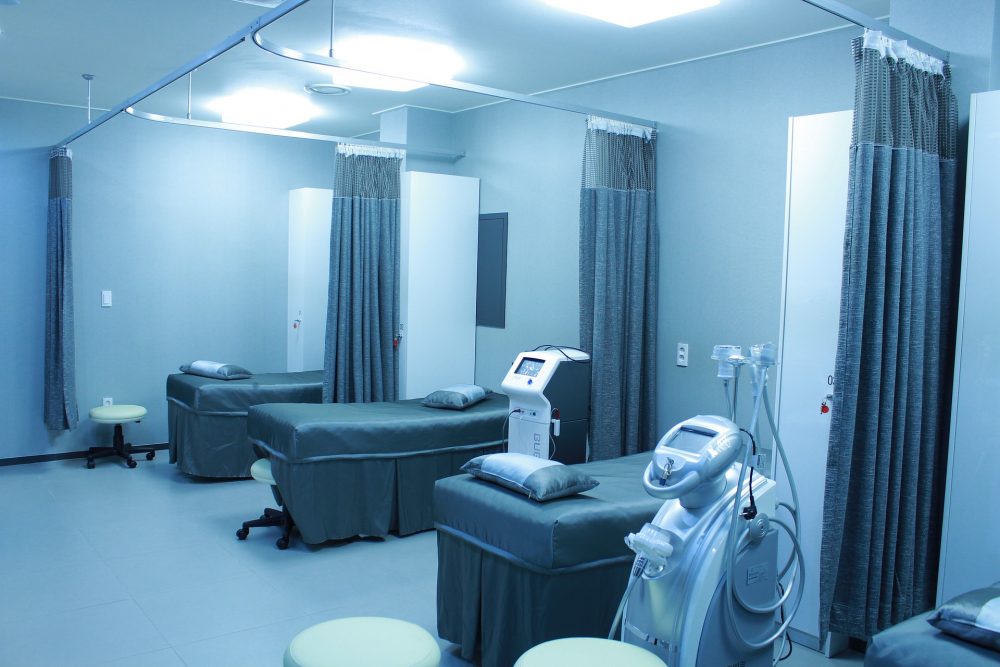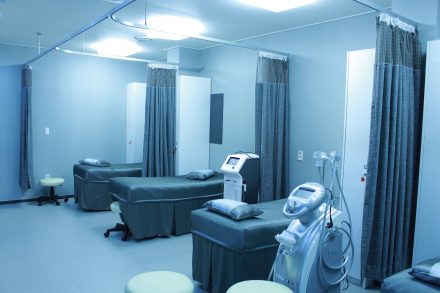Abortion rights, women of color, and LGBTQIA+ people are under attack. Pledge to join us in fighting for gender justice.
U.S. Transgender Survey Highlights Disparities in Healthcare Access for Trans Americans

 The National Center for Transgender Equality (NCTE) released the results from the 2015 U.S. Transgender Survey last week and it’s a pretty big deal. Why? Because national data about the experiences of trans-identified people are seriously lacking. This report is an update to a 2011 report, which had been the most recent and comprehensive national data about trans-identified people in America, that is, until last week. The survey is comprehensive and intersectional and highlights a number of important issues, including experiences of transgender individuals accessing healthcare. While the survey covers a range, here are four things about healthcare that stood out to us.
The National Center for Transgender Equality (NCTE) released the results from the 2015 U.S. Transgender Survey last week and it’s a pretty big deal. Why? Because national data about the experiences of trans-identified people are seriously lacking. This report is an update to a 2011 report, which had been the most recent and comprehensive national data about trans-identified people in America, that is, until last week. The survey is comprehensive and intersectional and highlights a number of important issues, including experiences of transgender individuals accessing healthcare. While the survey covers a range, here are four things about healthcare that stood out to us.
1. Trans-identified people are more likely to be uninsured than the general population.
Thirteen percent of the survey respondents had no health insurance in 2015, compared with 10% of the general population. Similar to the general population, most transgender people get insurance through an employer or through the individual marketplace. However, more transgender individuals rely on public health insurance than the general population. Despite gains made in reducing the uninsurance rate since the implementation of the Affordable Care Act (ACA), disparities persist in terms of coverage for trans-identified Americans in general, and especially for trans people of color who experienced much higher rates of uninsurance in 2015.
2. Transgender people experience problems using their health insurance to cover necessary care.
A quarter of survey respondents (25%) reported issues using their health insurance related to their gender identity or expression. More than half (55%) of those were denied coverage for transition surgery and a quarter (25%) were denied coverage for hormones. Coverage for routine preventive care was also denied. One person shared through the survey: “When I was in college, I had my health insurance list me as male, and then they denied coverage for my routine pap smear and a gynecological prescription due to my gender.”
3. While most trans-identified people have gone to the doctor in the last year, many have had negative experiences seeking routine or transition-related healthcare, including mental health care or counseling.
For those who had seen a provider in the past year who knew they were transgender, a third (33%) reported having at least one negative experience including having to educate their provider about transgender people to get appropriate care (24%), being asked invasive questions about their gender identity not related to the visit (15%), and being refused transition-related care (8%). For those who sought mental health care from a professional (psychologist, counselor, or religious advisor), eighteen percent reported attempts by the professional to stop them from being transgender.
4. These disparities in health insurance coverage and discrimination at the doctor’s office have consequences for transgender people’s physical and mental health.
Nearly a quarter of those surveyed reported not seeking care because of fear of disrespect or mistreatment. This was most prevalent among trans men (31%) and American Indians (37%). Cost was another major barrier for a third of respondents (33%) especially for trans people of color and those with disabilities. These barriers impact access to transition-related care and mental health care. For example, 91% of all respondents desired transition counseling, hormone therapy, and/or puberty blockers but only 68% had ever received them. A staggering 40% of respondents reported attempting suicide at some point in their life – almost nine times the rate in the U.S. population (4.6%). However, of those who’ve attempted suicide in the last year, less than half (46%) ever received medical treatment.
It’s clear we need to do more to address disparities in healthcare for trans-identified Americans. But what isn’t measured can’t be improved. This survey and the data it’s produced are essential to helping researchers and policy makers understand and address the intersecting challenges transgender Americans face at home, at work, and at the doctor’s office.




